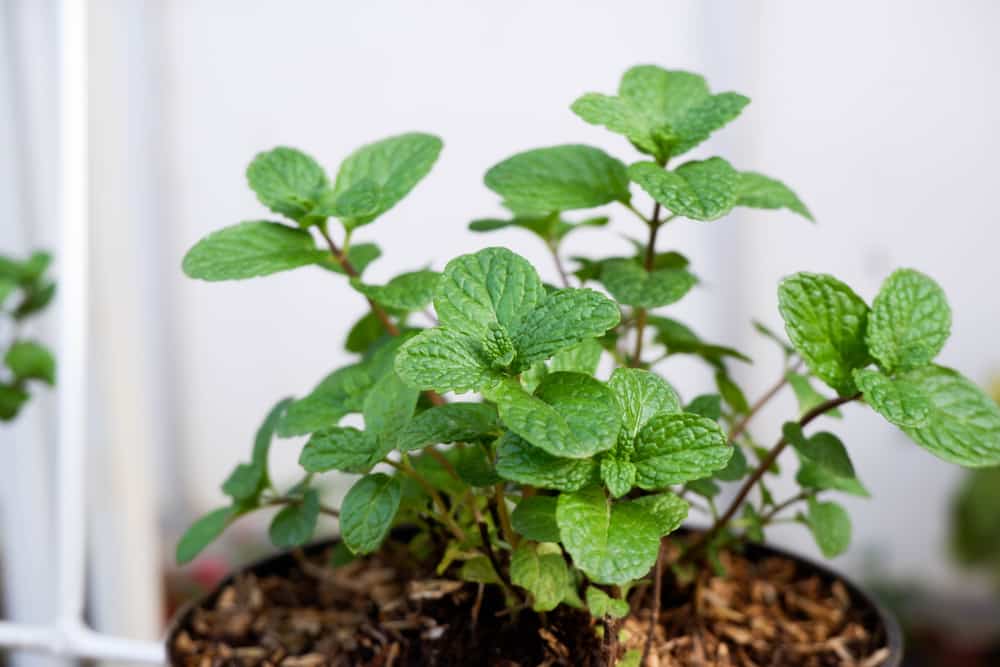
When you are planting flowers in a garden, several things should be kept in mind. This is because plants come in numerous varieties that you can select from. Considering what your requirements are can be a great way of deciding which flowers will work better for you. If you are looking for plants that can make your garden attractive, then there are several options that you can go with.
Though, if your gardens have a unique fragrance then planting mints can be a great option. These also come with tons of medicinal properties that include making herbal tea using the herb. Though, there are also some issues that you can run into with the plant. A common question people ask is “What is eating my mint plant?”. If you have the same issue, then going through this article should help you in getting some reasons as well as ways that can be used to fix it.
What Is Eating My Mint Plant?
- Flea Beetles
Flea beetles are a type of beetles that are known for their smaller size. These are from the tribe Altichni and the insects are mostly found on plants with big leaves. Flea beetles can be found roaming around the leaves of your mints and they can do a lot of damage to them. You can usually notice this by closely observing the leaves and then looking for any small holes inside them.
If you notice pin-sized holes all around the leaves then closer observation is required. This is because the pests should be found somewhere around your mint plants. These are small in size and have a dark color on them that makes it quite easy to find them under sunlight. The beetles keep on feeding on the leaves of these mint plants until the herb starts to die. Even if your plant survives the damage, you will notice that most of the benefits from the leaves are gone once the insects leave.
Keeping this in mind, you should take care of the issue as soon as possible to avoid your mints from becoming useless. Spraying some insecticides on the plant can help in keeping dangerous insects like these away. However, you have to spray these frequently while your herb is in season. Doing so will ensure that the unique scent of your plant does not attract insects to it.
- Caterpillars
Caterpillars are insects that roam around most gardens and get attracted to plants with unique fragrances. You will notice that these insects usually stick to plants that have huge leaves on them. This is because caterpillars consume leaves as their main food source. The insects will keep on feeding on the plant until they start forming a larva.
Once this happens, the insects stay inside the larva for some time after finally turning into butterflies or moths. Even after this, the insect might try feeding on your mint plants which can be quite annoying to deal with. The insects are capable of destroying your herbs as they infest them. This is why people should look out for bite marks on their leaves so that the problem can be dealt with quickly.
If you fail to prevent this and your plants do get infested, then these will die out within days. People can try adding companion plants near their mint herbs that can act as a decoy or repel the insects away. This is a great option, but you will have to carefully go through the specifications of different flowers to find a suitable choice.
- Aphids
Finally, one more type of insect that might be eating your mint plants can be aphids. These are small insects that suck the sap out of your plants once they infest them. While a single insect is not capable of doing much damage, you should note that aphids move in groups. This is why if they attack your plant, then there is a high chance that it will die within a few days.
People can usually notice an attack by carefully observing the condition of the plant. If you notice that small holes are forming on the leaves then you can observe them closely to confirm if aphids have already attacked. Tons of chemicals can be used to kill the insects so that your problem can be fixed.
